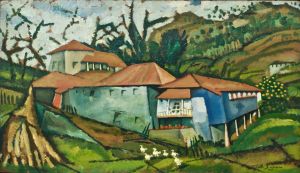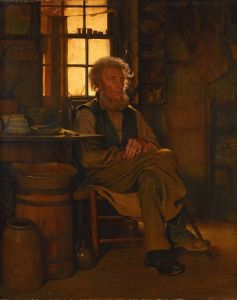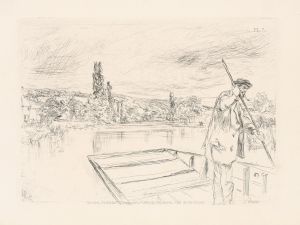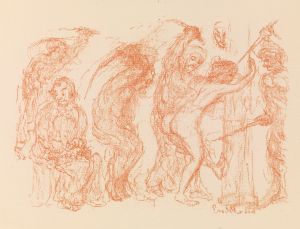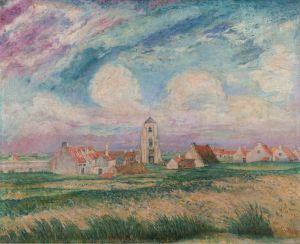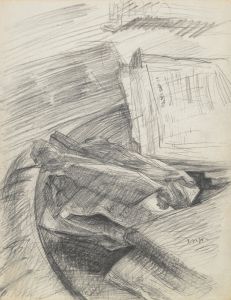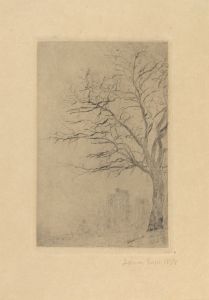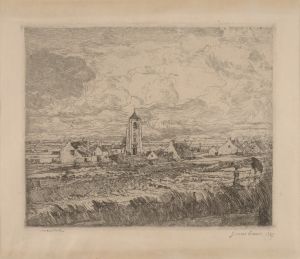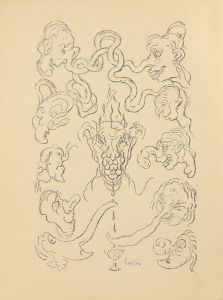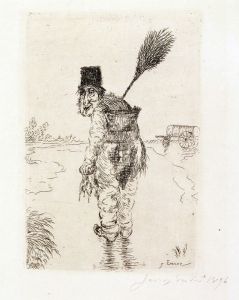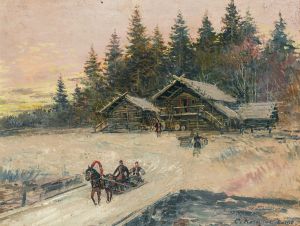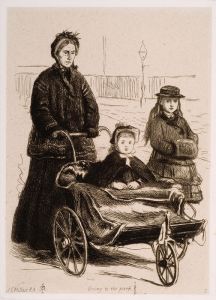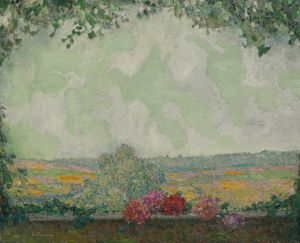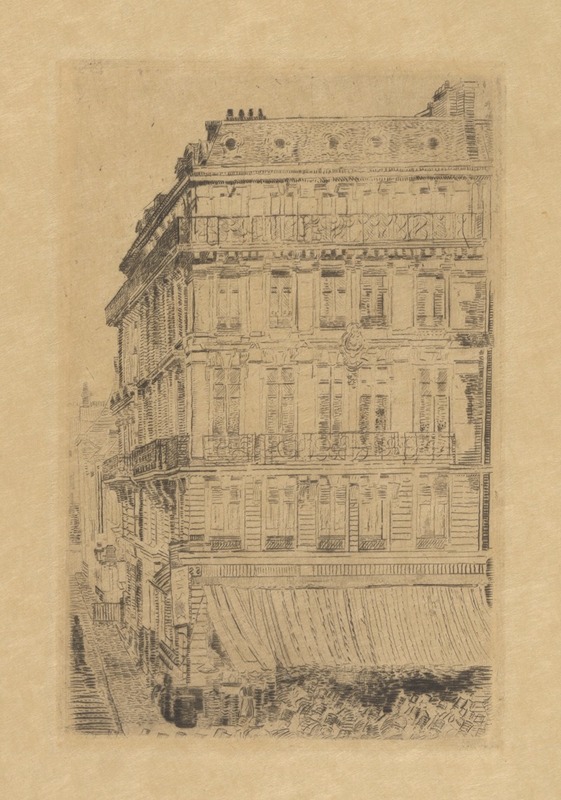
Huis op de Anspachlaan
A hand-painted replica of James Ensor’s masterpiece Huis op de Anspachlaan, meticulously crafted by professional artists to capture the true essence of the original. Each piece is created with museum-quality canvas and rare mineral pigments, carefully painted by experienced artists with delicate brushstrokes and rich, layered colors to perfectly recreate the texture of the original artwork. Unlike machine-printed reproductions, this hand-painted version brings the painting to life, infused with the artist’s emotions and skill in every stroke. Whether for personal collection or home decoration, it instantly elevates the artistic atmosphere of any space.
James Ensor, a prominent Belgian painter and printmaker, is known for his unique and often avant-garde style that contributed significantly to the development of Expressionism and Surrealism. One of his lesser-known works is "Huis op de Anspachlaan" (House on Anspach Avenue), which reflects his distinctive approach to art and his keen interest in capturing the essence of his surroundings.
James Ensor was born in 1860 in Ostend, Belgium, and spent most of his life there. His work is characterized by its vivid use of color, intricate detail, and often satirical or fantastical subject matter. Ensor's paintings frequently explore themes of death, masks, and the grotesque, reflecting his fascination with the macabre and the absurdities of life.
"Huis op de Anspachlaan" is a painting that showcases Ensor's ability to depict urban landscapes with a unique perspective. Anspach Avenue, located in Brussels, is a significant thoroughfare named after Jules Anspach, a former mayor of the city who played a crucial role in its modernization during the 19th century. The avenue is known for its eclectic architecture and bustling atmosphere, which may have inspired Ensor's depiction.
In this painting, Ensor captures the essence of Anspach Avenue with a focus on architectural elements and the interplay of light and shadow. His use of color is both bold and nuanced, creating a dynamic composition that draws the viewer into the scene. Ensor's attention to detail is evident in the intricate rendering of the buildings, showcasing his technical skill and his ability to convey the character of urban environments.
Ensor's work often includes elements of social commentary, and "Huis op de Anspachlaan" may reflect his views on the rapid urbanization and modernization of cities during his lifetime. The painting can be seen as a snapshot of a specific moment in time, capturing the essence of a city in transition.
Throughout his career, Ensor was known for his innovative approach to art, often challenging traditional norms and experimenting with new techniques. His work was not always well-received during his lifetime, but he eventually gained recognition as a pioneer of modern art. Today, Ensor is celebrated for his contributions to the art world, and his paintings are held in high regard by collectors and institutions worldwide.
"Huis op de Anspachlaan" is a testament to Ensor's ability to capture the spirit of a place through his unique artistic vision. While it may not be as widely recognized as some of his other works, it remains an important piece within his oeuvre, illustrating his talent for depicting urban landscapes with both precision and imagination.
Ensor's legacy continues to influence contemporary artists, and his work is studied for its innovative use of color, form, and subject matter. "Huis op de Anspachlaan" is a fine example of his ability to blend realism with elements of fantasy, creating a work that is both grounded in reality and imbued with a sense of wonder.





